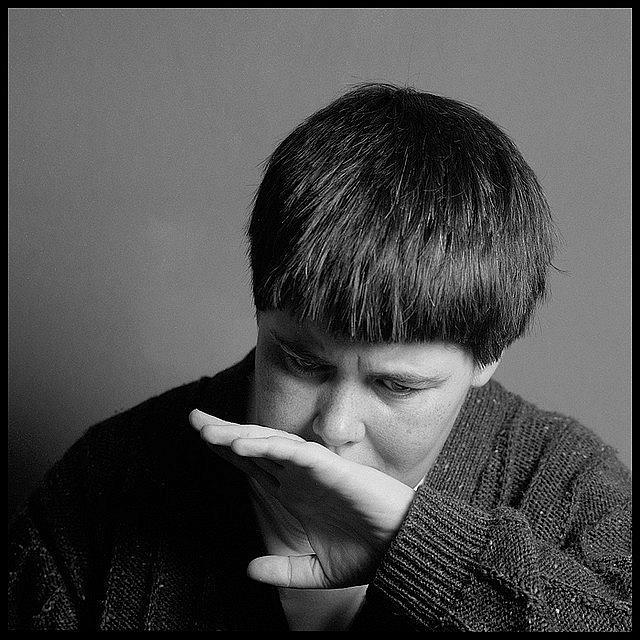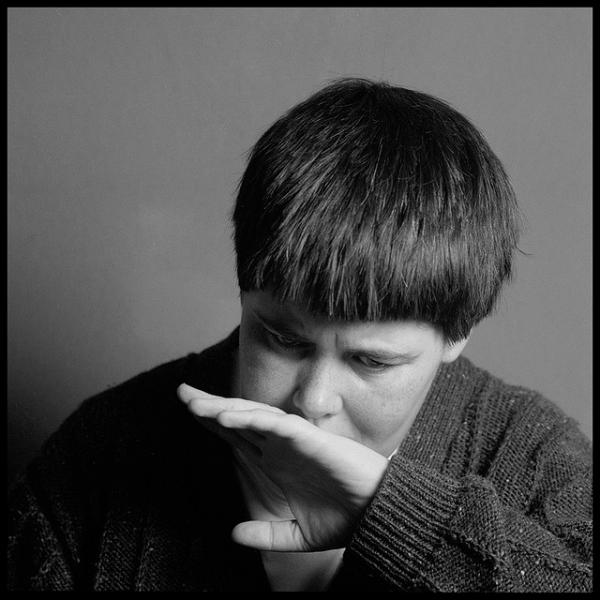An Epidemic of Self-Interest at Autism Speaks

 One out of every 88 children in the US meets the criteria for an autism diagnosis, according to data released Thursday by the CDC. Two years ago the figure was 1:110. Two years before that, 1:150.
One out of every 88 children in the US meets the criteria for an autism diagnosis, according to data released Thursday by the CDC. Two years ago the figure was 1:110. Two years before that, 1:150.
It's reasonable to ask what these numbers mean. Are more persons being affected by autism than before, or are more being detected? Has autism always been with us at the numbers we see today, or is there actually more of it? It's a complicated question, and one that will be answered with data and research. But Autism Speaks, the largest autism advocacy organization in the world, prefers the dictionary.
"According to Merriam Webster's Dictionary, the definition of epidemic is "excessively prevalent, affecting a disproportionately large number of individuals within a population at the same time," Autism Speaks President Mark Roithmayr told reporters during a CDC conference call.
The epidemiologists who labored to produce this study would disagree, and Roithmayr knows better. But as president of the largest and best funded autism advocacy group in the world, it's his job to keep the public alarmed. Autism Speaks has poured more than $173 million into scientific research and fellowships since 2005. Nothing attracts donors like an emergency.
"Exploiting statistics for financial gain is the name of the game, after all, and it's what they do - the more they get the more they give to research," writes Kim Wombles at Science 2.0. "Imagine if that call for money was about helping actual families now. Talking about family devastation and then asking for research money rather than money to help actual families right now misses the mark by a wide margin."
Rothmayr's lieutenants know the game. Peter Bell, AS's vice president of programs, recently told a congressional appropriations subcommittee that "Twenty years ago, the experts estimated that one of every 2,500 children had autism," and "Increasingly we hear the work epidemic associated with autism in America."
Bell also knows better. Prevalence among 6 year olds in 1992 in the US was 19.1 in 10,000. That was the first year that collecting data on autism was mandated by statute. Bell's 4:10,000 rate was reported in 1966, and then only for a small segment of the autism spectrum.
Autism Speaks head boffin, Dr. Geraldine Dawson, repeated her organization's epidemic talking point on the Today Show on Friday. "We now have an epidemic of autism in the United States," she said, "It's very important that we have a national plan to address this public health crisis."
But facts and details only slow down the Autism Speaks fundraising machine. The truth about the new prevalence numbers may not be alarming, but it does reveal much about how autism is identified and tallied.
Counting autistic children is costly and time consuming. The CDC collects data from existing records in 14 sites (Alabama, Arizona, Arkansas, Colorado, Florida, Georgia, Maryland, Missouri, New Jersey, North Carolina, Pennsylvania, South Carolina, Utah and Wisconsin) to identify eight-year-old children with an actual autism diagnosis. Then the researchers comb over those same records looking for language that suggests a development disorder - "repetitive and stereotyped behaviors," "poor eye gaze," and "delayed speech" – are examples.
In the latest survey, 21% of the children identified with an autism spectrum disorder had no such diagnosis before the survey. In the 2006 cohort, that number was 23%.
In other words, 1:88 children is not diagnosed with autism. In the recent survey, it's more like 1:115. (should be 1:111). This speaks to a large, undiagnosed population whose needs are not being met.
A more exhaustive 2011 study from South Korea, funded by Autism Speaks, used standardized diagnostic instruments for children who screened positive and reported a prevalence 1 in 38 children. Of that number, two-thirds had never received a diagnosis of autism spectrum disorder (ASD).
With all due respect to Merriam Webster's Dictionary, this is not what an epidemic looks like.
Instead of inventing definitions and misleading congress, responsible advocacy groups focus on meeting needs. "These are not just numbers, these are real people with real needs" said Alison Singer, president of the Autism Science Foundation. "We have to focus on building the infrastructure to provide education and services to all of these people and their families."
Related Posts:
Autism Diagnosis: About That DSM 5 Story
Photo credit: Alain Elorza via Flickr

